Lapa do Lobo - José Pedro Cortes / André Cepeda / Tito Mouraz / José Bacelar / Ângela Berlinde / Paulo Catrica, Fundação Lapa do Lobo, 2013, Lapa do Lobo
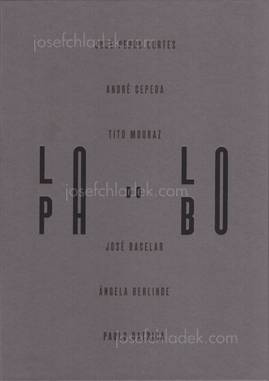
José Pedro / Cepeda Cortes - Lapa do Lobo (Front)

José Pedro / Cepeda Cortes - Lapa do Lobo (Back)
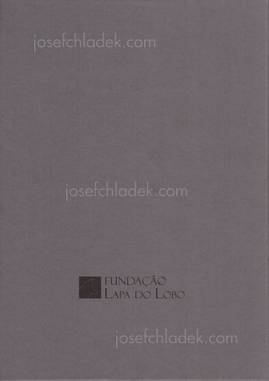
José Pedro / Cepeda Cortes - Lapa do Lobo (Back)
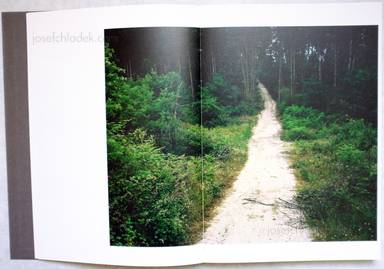
Sample page 1 for book " José Pedro / Cepeda Cortes – Lapa do Lobo", josefchladek.com
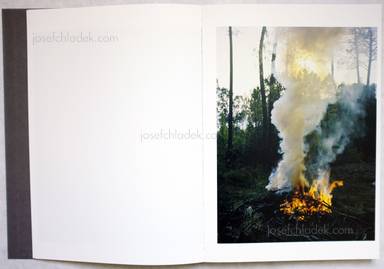
Sample page 2 for book " José Pedro / Cepeda Cortes – Lapa do Lobo", josefchladek.com
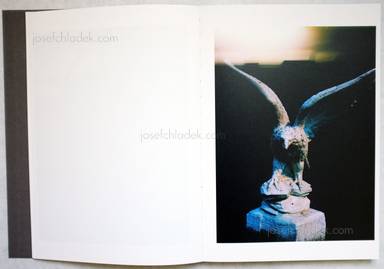
Sample page 3 for book " José Pedro / Cepeda Cortes – Lapa do Lobo", josefchladek.com
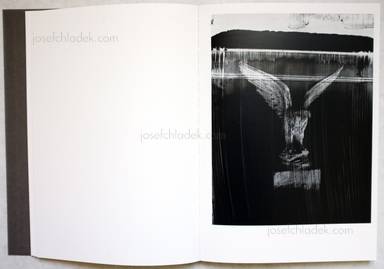
Sample page 4 for book " José Pedro / Cepeda Cortes – Lapa do Lobo", josefchladek.com
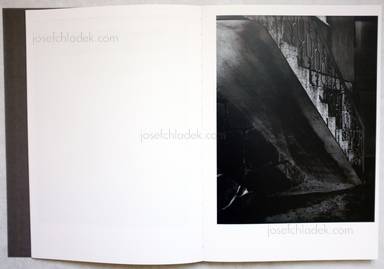
Sample page 5 for book " José Pedro / Cepeda Cortes – Lapa do Lobo", josefchladek.com
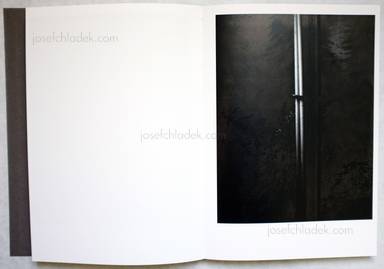
Sample page 6 for book " José Pedro / Cepeda Cortes – Lapa do Lobo", josefchladek.com
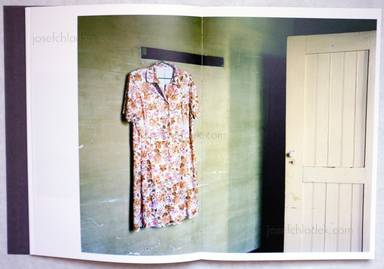
Sample page 7 for book " José Pedro / Cepeda Cortes – Lapa do Lobo", josefchladek.com
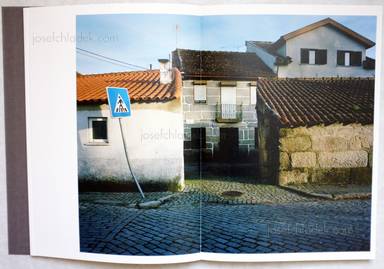
Sample page 8 for book " José Pedro / Cepeda Cortes – Lapa do Lobo", josefchladek.com
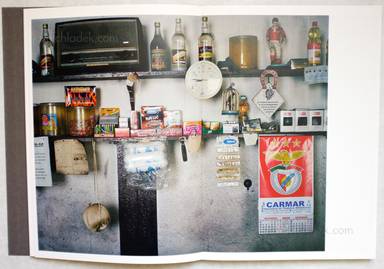
Sample page 9 for book " José Pedro / Cepeda Cortes – Lapa do Lobo", josefchladek.com
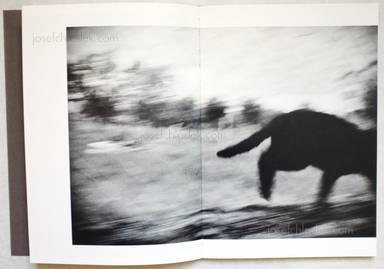
Sample page 10 for book " José Pedro / Cepeda Cortes – Lapa do Lobo", josefchladek.com

Sample page 11 for book " José Pedro / Cepeda Cortes – Lapa do Lobo", josefchladek.com
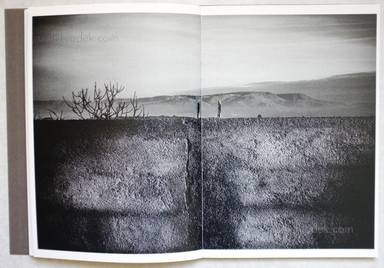
Sample page 12 for book " José Pedro / Cepeda Cortes – Lapa do Lobo", josefchladek.com
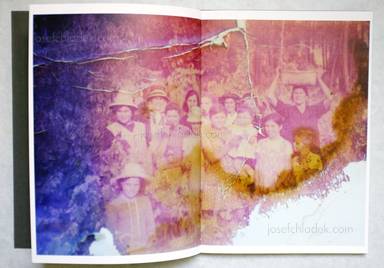
Sample page 13 for book " José Pedro / Cepeda Cortes – Lapa do Lobo", josefchladek.com
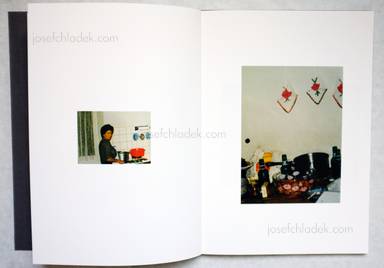
Sample page 14 for book " José Pedro / Cepeda Cortes – Lapa do Lobo", josefchladek.com
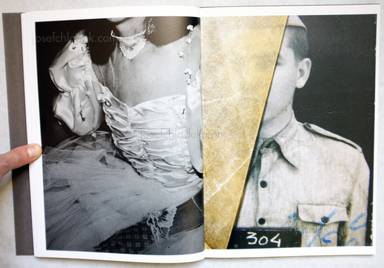
Sample page 15 for book " José Pedro / Cepeda Cortes – Lapa do Lobo", josefchladek.com
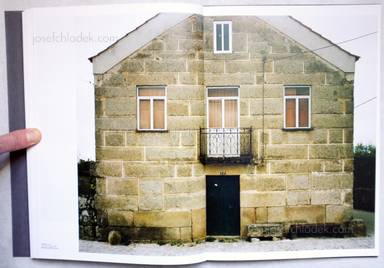
Sample page 16 for book " José Pedro / Cepeda Cortes – Lapa do Lobo", josefchladek.com
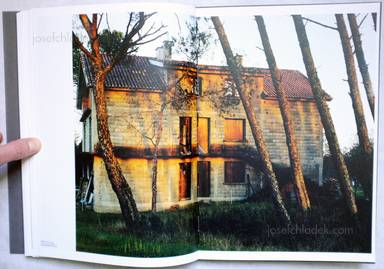
Sample page 17 for book " José Pedro / Cepeda Cortes – Lapa do Lobo", josefchladek.com
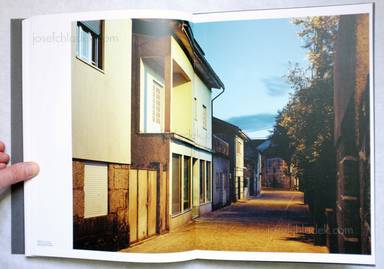
Sample page 18 for book " José Pedro / Cepeda Cortes – Lapa do Lobo", josefchladek.com
Other books tagged Portuguese (see all)







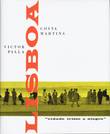

Other books tagged Black & White (see all)
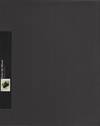


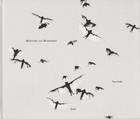


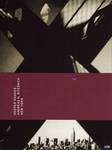
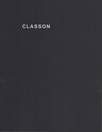
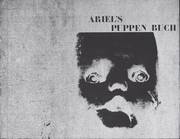
Books to shop at anzenbergergallery-bookshop.com
Hardcover, edition of 500 copies. Text by Carlos Cunha Torres, Rui Prata, design by Bolos Quentes, coordination by Tito Mouraz.
In its origin, the inventive process of photography comprised a collection of passions and discoveries which, put together, provide a record of memories that are closer to reality. Lapa do Lobo project is contiguous to that photographic ontology: each of the authors devises and displays the space memorised by each shot. The outcome is a plural vision from every author, who shares moments of synthesis of personal information and visual culture with the observer.
Thus, the physical existence of Lapa do Lobo villageis mapped out by fractioned and subjective observations, distant from postcard or tourist archives. Each of the authors subdues space, leading the viewer to read every image in a way he had never thought possible before.
In the words of the well known philosopher Walter Benjamin, “the urge to bring things closer, both spatially and humanely became an obsession nowadays, just like the tendency to deny the unique or ephemeral character of an event by freezing it by using photography. There is an increasingly intense urge to reproduce an object in close-up...”
This statement from the late thirties has become more up-to-date with the advent, popularity and amount of digital capture, revealing a voracious recording of the moment by means of photography. Photographing has become as commonplace as breathing.
More recently, Vítor Burgin claims that “Spending a whole day without watching a photograph is as bizarre as spending a day without seeing something written”. Within diverse institutional frameworks - press, family pictures, advertising boards, and so on, photographs invade the environment, simplifying learning/ reflection/inflection of what we “take for granted”.
Therefore, photographic image inhabits our everyday life and nearly blinds us or else makes us oblivious to its content. The greatest asset of this project, besides composing a memory for the future, is managing to focus our attention on a nucleus of images which globally highlight the relevance of photographic registry using a systematic approach.
I have no intention to dissect the content of each photographer’s set of images. However, I do dare to allege that among the diversity of images, the consistent way each author uses to consistently pursue the individuality of his discursive typology is revealed. Ângela Berlinde exercises her personal style in order to build a fictional narrative, making use of a combination process between pre-existing images and new frameworks, the outcome of which becomes an open ground to the viewer’s imagination. Tito Mouraz also incorporates previously captured anonymous photos. Nevertheless, his appropriation process unveils a more affective expression. There are images where we may see the photographer’s grandfather, and so it becomes indisputable that there is a closer vicinity to the process of discourse construction.Such an expression of past and recent memories displayed throughout the narrative is only possible to someone who has lived local experiences.
André Cepeda and José Bacelar use black and white, hence conferring their works a more dramatic tone. Here, Cepedare minds us of his sort of “flaneuse” attitude exposed in his project Anacronia. But unlike Anacronia, he uses black and white with a greater exploration of contrast, the absence of human presence and major attention to detail. On his turn, Bacelar seems to create the story of a pathway with an accurate idea of arrival, permanence and departure, the latter quite evident in the images of the road.
Making use of his style, in this project José Pedro Cortes scrutinizes a path which objectively binds the absence of human presence. Such an absence refers us to the idea of abandonment and departure.This departure is echoed in the diverse images of rough paths, with stops here and there, pausing over a detail.
Last, Paulo Catrica, an expert in the fields of landscape and architecture, brings us a possible mapping of the local architecture, ranging between traditional drawing and external influences, between typical and pastiche.
The photographic orders and the resulting territorial mapping are almost contemporary to the discovery of photography. In Portugal, alas, such practice has been very rare, and therefore the project of Lapa do Lobo is an example to follow. (Rui Prata)
Pages: 182
Place: Lapa do Lobo
Year: 2013
Publisher: Fundação Lapa do Lobo
Size: 23 x 32 cm (approx.)




















